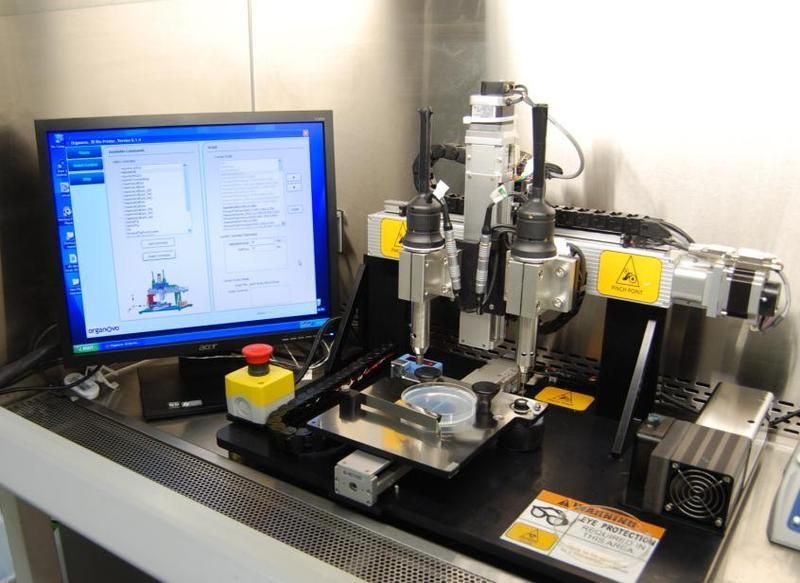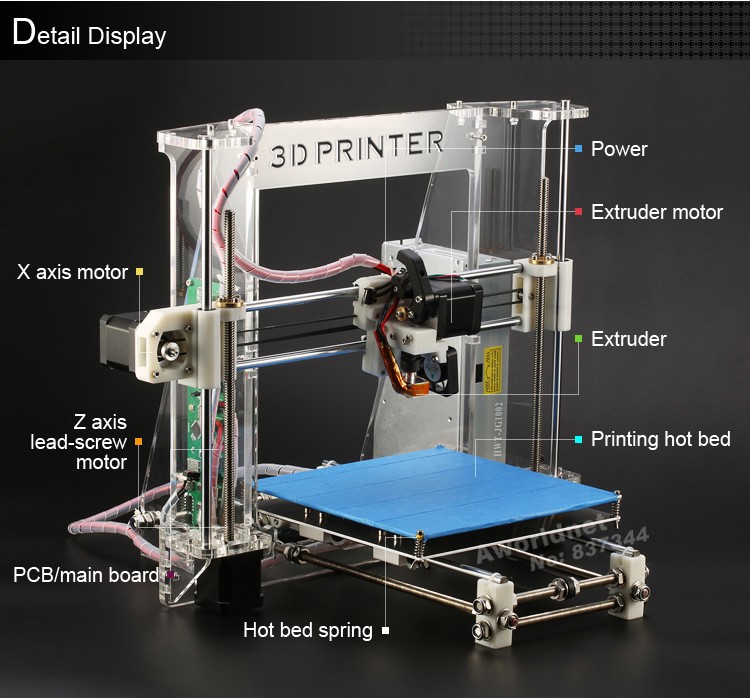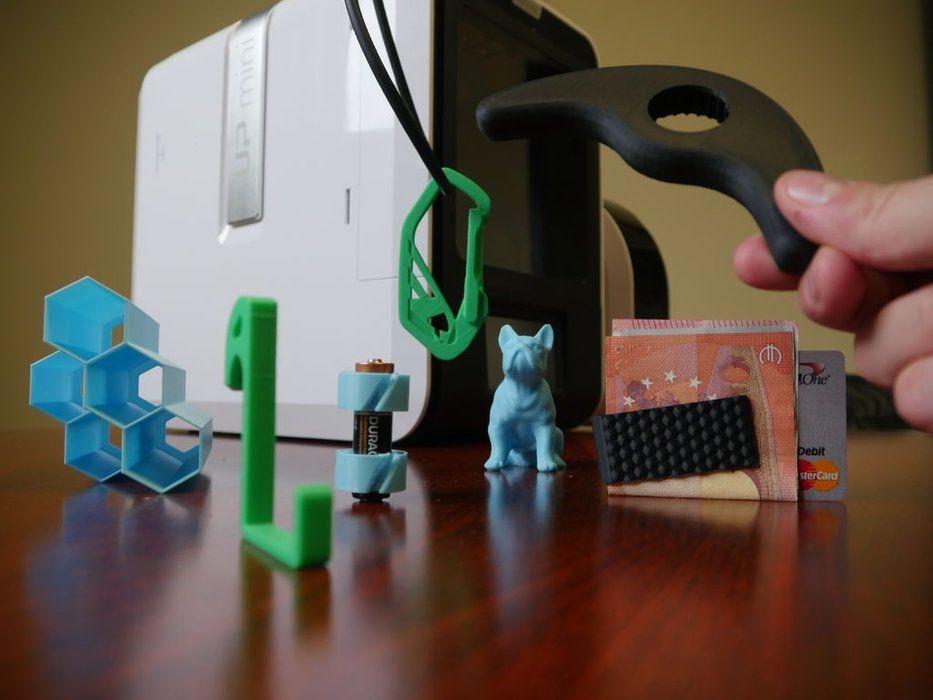3D printed gun guy
Despite His Criminal Record, Cody Wilson Is Back In The 3D-Printed Gun Business
Cody Wilson, the self-described anarchist and figurehead of the 3D-printed gun movement, led investigators on an international manhunt last year before being arrested and charged with having sex with a minor. In August, he struck a deal with Travis County prosecutors, pleading guilty to a lesser charge of injury to a child, which is a felony.
He received seven years of probation and is now a registered sex offender, banned from being within 500 feet of playgrounds, schools and any other “child safety zone.” He can no longer carry a handgun in public and, under federal law, he is barred from buying and selling weapons at gun stores.
Despite that, Wilson says he is getting back to the business of 3D-printed guns. And according to interviews with state and federal authorities, there’s nothing standing in his way.
Wilson’s return coincides with the upcoming release of the Ghost Gunner 3, the latest iteration of a controversial gun-manufacturing machine produced by Defense Distributed, the company Wilson founded in 2012. The product is advertised to be bigger and faster, and its promoters boast that it can produce parts for AK-47 rifles. The machine is the latest product to capitalize on the growing trend of homemade weapons, which can be acquired without a background check.
Right after his arrest, Wilson announced he would step down as Defense Distributed’s CEO. Late last month, he told the Washington Free Beacon his criminal history isn’t enough for anyone to stop him from returning. He said he is “definitely not a prohibited person” in Travis County, which has faced criticism for its lax approach to sexual assault prosecutions. For Wilson, this means he can own guns and even run a business that sells guns – despite admitting guilt to a felony.
Wilson confirmed that’s how he views his status, saying it's consistent with what his probation officer told him. He declined to offer further comment.
Turns out, he may be right. Wilson’s plea deal – known as a deferred adjudication – is more or less a frozen indictment. If he meets the court’s terms in full, the felony charge is wiped. And while on probation, the state doesn’t view Wilson as a prohibited person.
If he meets the court’s terms in full, the felony charge is wiped. And while on probation, the state doesn’t view Wilson as a prohibited person.
“The answer right now appears to be that [the deal] does count as a deferred and is not a hard conviction,” Assistant District Attorney Joe Frederick said. “And if that is the case, then he would be able to maintain possession or ownership of [a] firearm.”
In other words, though Wilson shouldn’t be able to pass a background check, he is free and clear to own a gun under state law, if he owned it before the plea deal. And because he can own a gun, Frederick said, he can also run a firearms business.
Under federal law, however, Wilson’s status is murkier, he said.
“If he's on probation and he somehow registers new firearms or somehow gets new guns or, you know, purchases a new gun as part of his business, that could violate his probation and that'd be a gray area,” Frederick said.
Wilson clarified that he didn't surrender any of his firearms as part of his plea deal, despite reporting to the contrary, and he said he wouldn't necessarily have to purchase a firearm to run his company.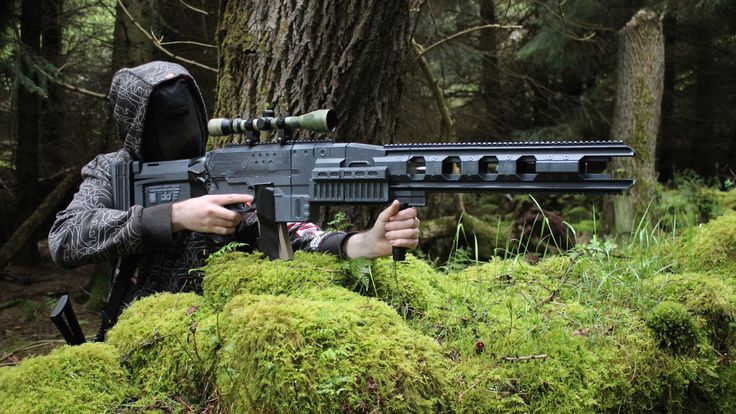
According to the Texas Secretary of State, Wilson is currently listed as the director of Ghost Gunner Inc., an offshoot of Defense Distributed that manufactures the so-called mills that print gun components from design files available online. Wilson confirmed he directs Ghost Gunner.
However, Wilson is not officially on board at Defense Distributed, the company he started as a UT Austin law student and that partly sparked the DIY, 3D-printed firearms movement. State records show Paloma Heindorff, who has carried Wilson’s mantle since his resignation, is still the director of Defense Distributed.
Credit Ilana Panich-Linsman / KUT
/
KUT
Defense Distributed manufactures 3D printers designed to produce firearm parts.The firm made international news in 2013 when it designed the Liberator, the first completely 3D-printed gun, and subsequently released the designs for at-home gun-makers to re-create across the world. The Department of State ordered the company to take down the files, citing international arms trafficking laws.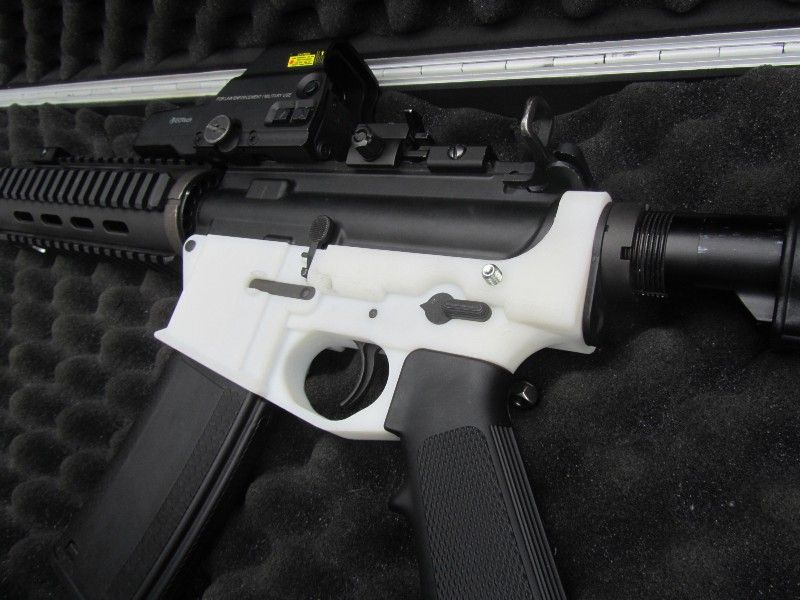
Wilson and Defense Distributed sued the State Department, claiming it was violating his First Amendment rights. The Trump administration negotiated a settlement clearing the way for Defense Distributed to drop 10 additional gun blueprints before a restraining order was issued.
Defense Distributed – and the future of 3D-printed guns overall – is far from secure. Last week, a federal judge reversed the settlement after Washington State Attorney General Bob Ferguson sued, arguing it was illegal.
“It is baffling that the Trump Administration continued to work so hard to allow domestic abusers, felons and terrorists access to untraceable, undetectable 3D-printed guns,” Ferguson said in a press release.
Defense Distributed is appealing the decision.
According to a Nov. 6 email blast, Defense Distributed has sold more than 500 copies of the Ghost Gunner 3. It expects to start shipping the machines in January. Wilson said the company would continue to develop new products and maintains that his legal status allows him to be involved in its operations.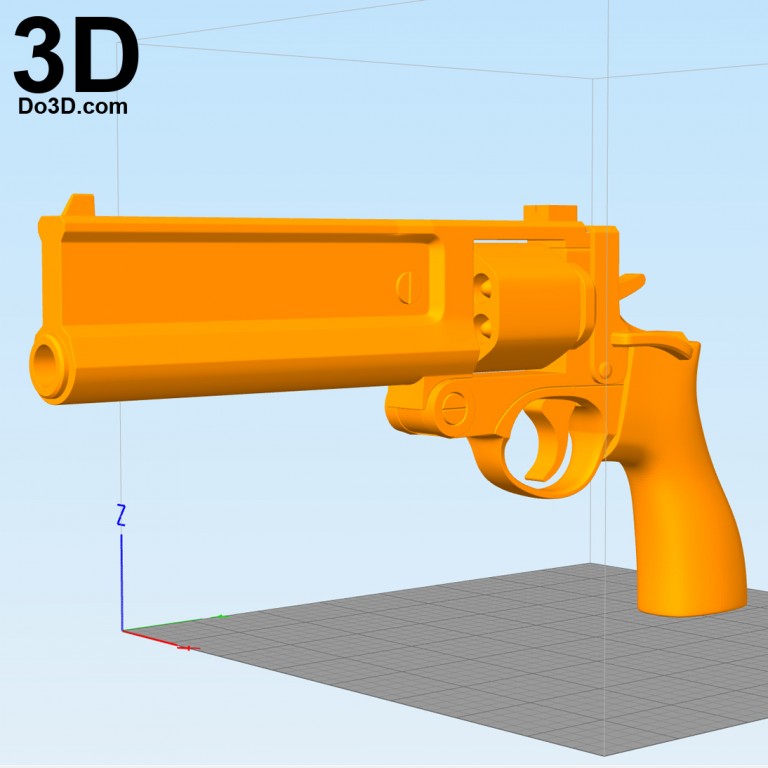
Frederick, the assistant district attorney, cautioned that while he is on probation, Wilson’s ongoing involvement with homemade guns could put him at risk for additional legal trouble.
“I mean, he can make any argument you want, you know? It's America. Whether or not it withstands legal scrutiny is something different," he said. “He's on the cusp of something that could go one way or the other, and he should probably tread very carefully.”
This story was reported jointly with The Trace, a nonprofit newsroom reporting on guns in America.
Inventor Of 3D-Printed Guns Scoffs As Biden Vows Crackdown
Cody Wilson at a firing range near Austin, Texas, displays his “zero percenter” firearm.
ForbesWhile President Joe Biden vowed to stem the growing market in “ghost guns,” the man who invented untraceable 3D printable weapons said he’s selling as many as 55 a week.
“I expect that to keep going,” declares Cody Wilson, 34, the former law student and registered sex offender whose exploits once earned him the title of one of the most dangerous people on the internet.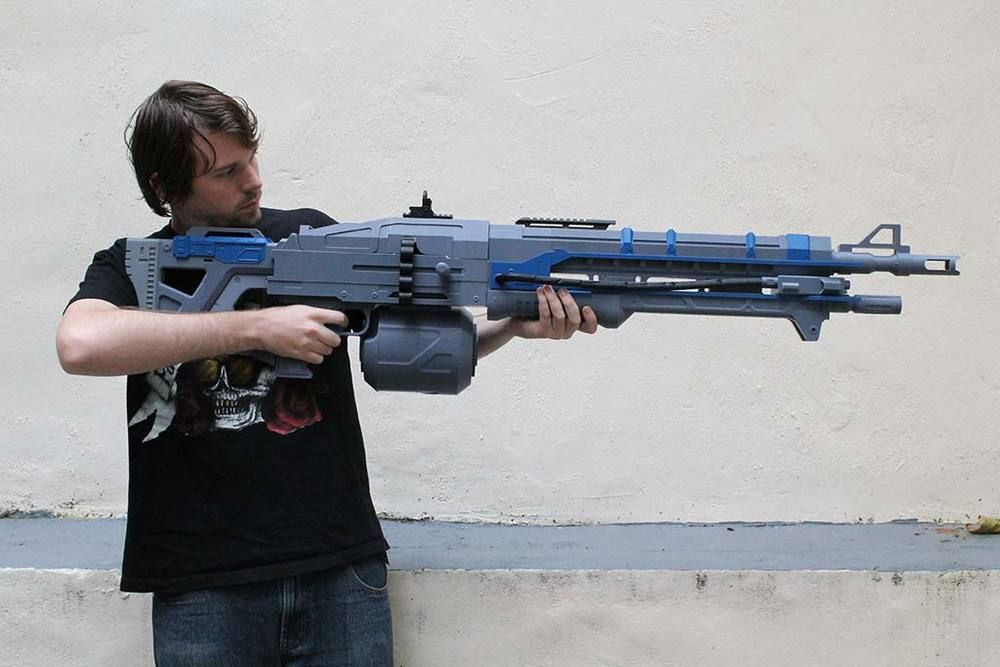
Biden wants to expand the definition of a firearm to include a “weapon parts kit that is designed to or may readily be assembled, completed, converted or restored to expel a projectile by the action of an explosive.” The president, speaking during an event Thursday with New York Mayor Eric Adams, promised federal backup in the battle against the weapons. “If you commit a crime” with a ghost gun, the president said, “not only are state and local prosecutors going to come after you, but expect federal charges and federal prosecution as well.”
Ghost guns are a small, dark corner of the market for weapons in a country with more firearms than any in the world. The appetite for them, however, is going gangbusters. From 2016 to 2020, the number of “suspected” ghost guns that state and local law enforcement have reported each year has jumped to 8,712 from 1,750, with a total of more than 23,000, according to the U.S. Bureau of Alcohol, Tobacco and Firearms. Biden’s threat comes as a Justice Department white paper outlines a new strategy that would include an ATF “ghost-gun coordinator” in every field division.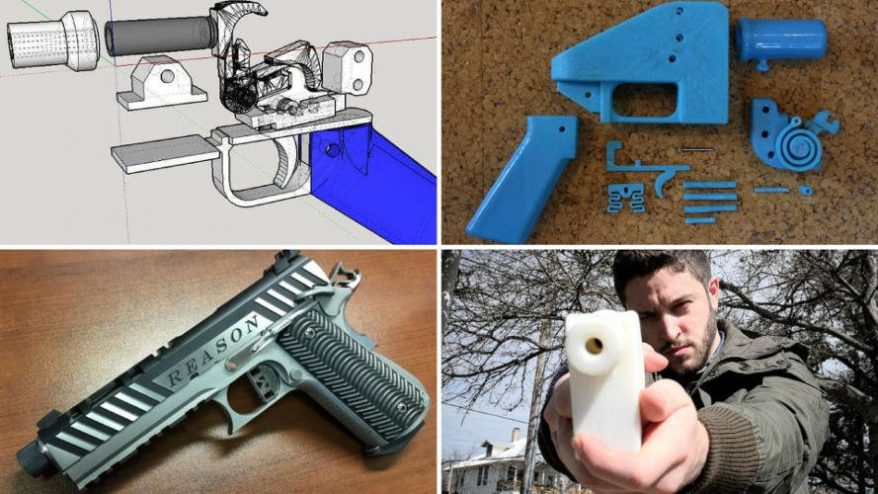
For nearly a decade, Wilson has pioneered 3D-printed guns and weapons made with computer numerical control milling, or CNC, a machining process that produces a custom-designed product. For $2,500, Wilson sells a CNC-milling kit aptly named Ghost Gunner 3, with an update that allows for a 12-ounce block of [raw] aluminum, or a “zero percenter,” to be made into a functional weapon. Wilson also sells the raw aluminum, for $25.
If certain guns are banned, “the only way you can keep going is through 3D printing or zeros,” Wilson told Forbes on Thursday, referring to his own zero-percent product. “And you know the guy who invented both of those.”
Wilson said that sales of the Ghost Gunner 3 are humming along. “We’re shipping 50 to 55 a week,” he said.
Christian Heyne, vice president of policy at the nonprofit gun-control group Brady United, said the Biden Administration’s plan would train a “cadre of prosecutors on enforcement issues, specifically around the use of ghost guns and crimes.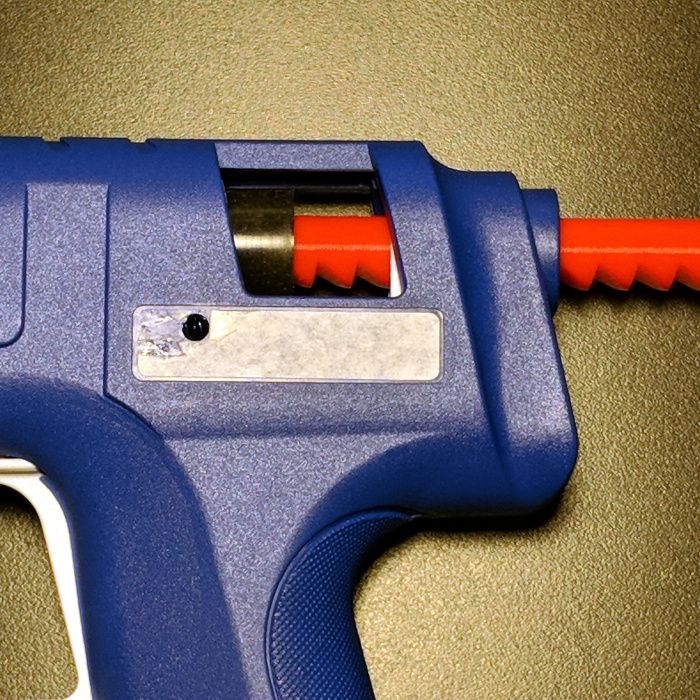 ” The ATF is close to finalizing the rule, he said.
” The ATF is close to finalizing the rule, he said.
Legal experts say that Wilson, who has continued to operate largely unabated, may finally hit a dead end if the plan is enacted.
Paul Helmke, a professor of public and environmental affairs at Indiana University, a former Brady Center president and former Republican mayor, said that Wilson’s legal analysis—that this new rule would not affect the milling of “zeros”—may be flawed.
“If Smith & Wesson decided this is how they are going to manufacture guns, the rule would certainly be written in such a way that it would apply to Smith & Wesson,” Helmke said.
“Just because [Wilson] is doing this as an individual or making them available to open source doesn’t change the intent of the regulations or the intent of the law. If his argument held true, then Smith & Wesson could say, ‘We don’t have to follow any of the regulations because we will do it this way,’ and that’s not going to happen.”
blogger JStark dies in Germany (video)
Two days after the police ransacked the activist's home, he died in his car due to a heart attack. JStark is known for creating the FGC-9 submachine gun in 9x19 caliber.
JStark is known for creating the FGC-9 submachine gun in 9x19 caliber.
Related video
Blogger and developer of 3D printed weapons JStark died of a heart attack. This is reported by Der Spiegel.
On October 6, the police raided JStark's home, and two days later it was reported that the activist had died due to cardiac arrest in his car. An autopsy revealed that no third party was involved in his death. There were no signs of violence or other evidence of violent death on the body.
Law enforcement officers began searching for the activist in December 2020, following a report from the German Federal Criminal Investigation Office. Authorities received a letter from England claiming there was a man manufacturing and distributing 3D-printed firearms. Investigators tracked down the 28-year-old and ransacked his home, but no prohibited weapons were found. Law enforcement officials suggest that the death of a blogger may be associated with congenital heart problems.
What JStark is known for
JStark is the founder of Deterrence Dispensed, a group dedicated to the development and promotion of 3D printed weapons. They distributed drawings and instructions on how to make firearms at home. The most popular JStark development is the FGC-9 semi-automatic submachine gun (F * ck Gun Control 9) for 9x19 caliber. According to the blogger himself, about 80% of all parts can be printed on a 3D printer.
FGC-9 exploded view
Photo: screenshot of
At the same time, it does not contain parts for the purchase of which you can attract the attention of law enforcement officers.
Deterrence Dispensed has approximately 10,000 members. And JStrak himself was an ardent supporter of the legalization of firearms in Germany.
How guns are regulated in Germany
Germany has one of the strictest gun laws in Europe. A license can only be obtained by hunters, for shooting sports, collectors and employees of security companies. Weapons will not be issued for self-defense. Before obtaining a license, you need to go through a series of checks: it turns out a possible criminal past, alcohol or drug addiction, mental disorders, as well as other aspects of life.
A license can only be obtained by hunters, for shooting sports, collectors and employees of security companies. Weapons will not be issued for self-defense. Before obtaining a license, you need to go through a series of checks: it turns out a possible criminal past, alcohol or drug addiction, mental disorders, as well as other aspects of life.
You must first obtain a license to own a firearm, then a license for each unit, and then a license to carry a weapon.
Mass shootings between 2002 and 2009 were the reason for the tightening of the legislation.
Recall that the court in the United States allowed to limit the open carrying of firearms. The decision is made at the level of each individual state.
Earlier in Spain they stopped the production of weapons on a 3D printer.
Opened weapon / Habr
Grokru
Working with 3D graphics *
"The Grizzly" - the first 3D printed gun
3D printing technology is gaining momentum every month, and more and more new models of weapons printed on a 3D printer.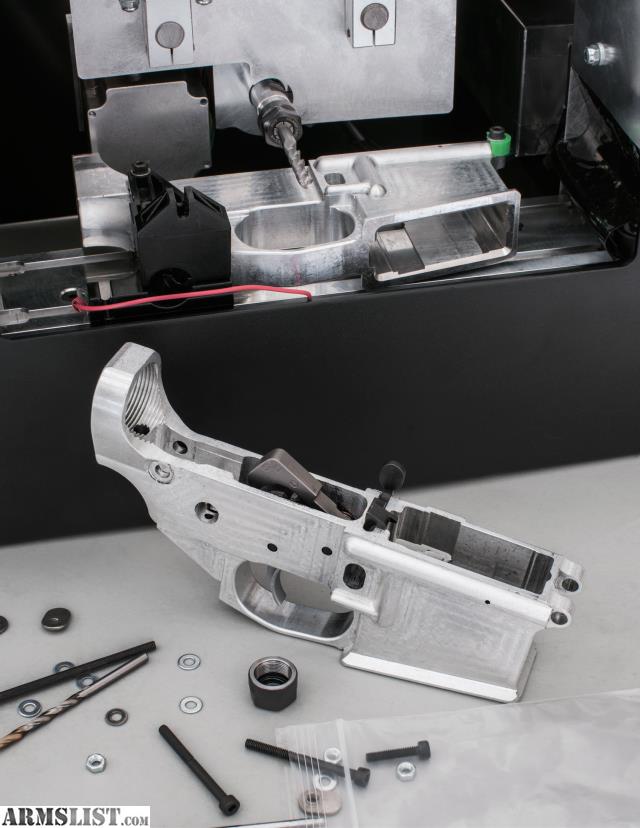 On Habré there was a detailed description of the sensational pistol "The Liberator" - How the "Liberator" works (Yes, we printed the gun). Its production required an $8,000 Stratasys Dimension SST printer. Very soon, Lulzbot improved the gun, which could already be printed on the Lulzbot AO-101 printer, costing only $1,700.
On Habré there was a detailed description of the sensational pistol "The Liberator" - How the "Liberator" works (Yes, we printed the gun). Its production required an $8,000 Stratasys Dimension SST printer. Very soon, Lulzbot improved the gun, which could already be printed on the Lulzbot AO-101 printer, costing only $1,700.
And the other day on Youtube there was a video of testing at the shooting range of a new rifle " The Grizzly ", named after the Canadian M4 tanks that were used during the Second World War. The author of the project is a Canadian under the nickname ThreeD Ukulele:
After a shot, longitudinal cracks about five centimeters long appeared on the barrel from both sides, as well as on the receiver. The author promises to improve the design. The gun is similar to The Liberator, many parts are identical, everything is printed on the same printer - Stratasys Dimension SST, the same caliber - .22L (5.6x15 millimeters).
In existing models of plastic weapons, there is only one metal part - the striker.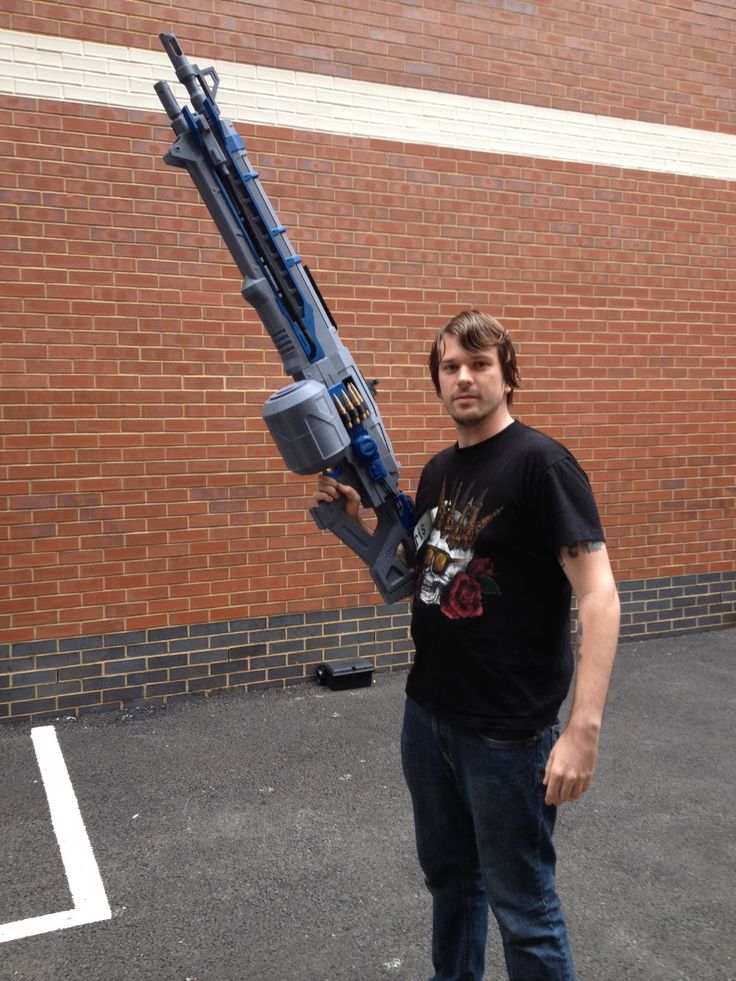 And this means that it is much easier to carry such a pistol or even a rifle through the security service. Recently, while working on a report, Israeli journalists twice successfully carried a 3D-printed pistol into the Knesset (Israeli parliament) building, bypassing all security posts and metal detector frames. For the second time, a journalist with a weapon was in close proximity to Israeli Prime Minister Benjamin Netanyahu.
And this means that it is much easier to carry such a pistol or even a rifle through the security service. Recently, while working on a report, Israeli journalists twice successfully carried a 3D-printed pistol into the Knesset (Israeli parliament) building, bypassing all security posts and metal detector frames. For the second time, a journalist with a weapon was in close proximity to Israeli Prime Minister Benjamin Netanyahu.
And the Daily Mail journalists were able to take the Eurostar train from London to Paris with the printed pistol "The Liberator"
I also advise you to watch a documentary about weapons printed on a 3D printer - Click. print. Gun from the Motherboard website:
It is very curious how this topic will develop in the future, not only the technical, but also the legal side of the issue is interesting: how will the state restrict the production of such weapons when the technology becomes simpler and 3D printers become much cheaper ?
Let me remind you that after the appearance of The Liberator, the US authorities demanded that the author remove the drawings of the pistol from the public domain, and the Senate proposed to revise the Undetectable Firearms Act.








